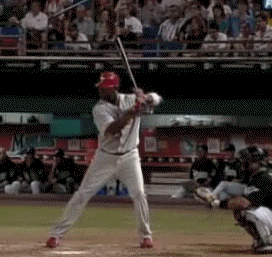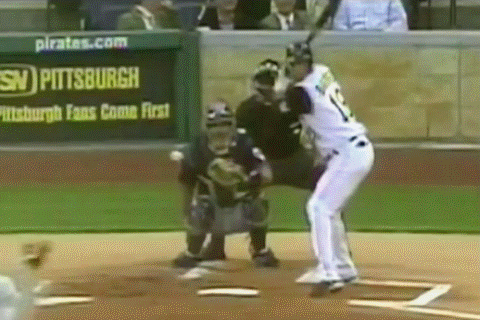Yes, flatten and throw....one move.....I have said before that the barrel's inertia needs to be overcome before you see it move in more of an arc....before the arc path is the flattening - but it happens so quick you don't want to teach it in steps or you lose the arc part and create too sweepy of a barrel path....
As far as the bottom hand....yes it will flatten first as part of getting on plane....but imo it helps a hitter to think that she is just trying to backhand from the start to tighten everything up....once you move in fast motion you increase the amount of slop in the swing you need to control....hence hitters always working in taking the barrel down to the ball in tee work of dry swings.....
Well then, I think we're in agreement.
I don't know of anybody who said that flatten and then swing were two moves with some sort of pause in between. At least I've never said that. It is a flow, but the bat has to flatten before you take it at the ball.





